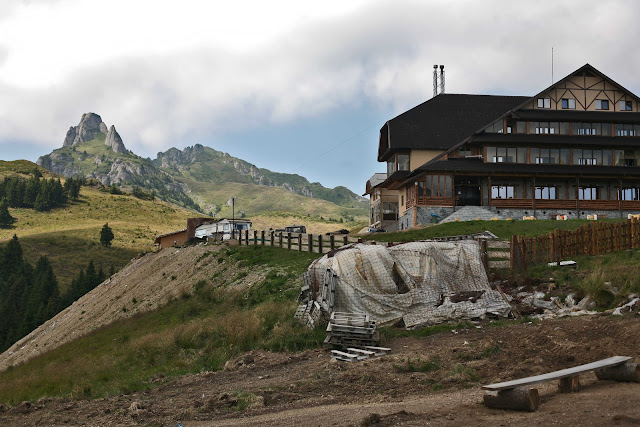The Ciucaş Mountains are a mountain range in Romania, part
of the Curvature Carpathians. The highest peak is Vârful Ciucaş (Ciucaş Peak)
and it measures 1,954 meters. (wikipedia)
The Ciucaş
Mountains are famed for the spectacular rocky formations known as “Tigăile Mari” and “Tigăile Mici” (Big and Small Pans) , “Turnul
lui Goliat” (Goliat’s Tower), “Colții
Bratocei” (The Bratocei Fangs) or “Mâna Dracului” (Devil’s Hand).
The Ciucaş Mountains host a natural reservation with a
ruiniform relief and a rich vegetation which consists of grazing, brushwood and
rocky plants. Also, the Ciucaş Mountains are the natural habitat for wild
animals such as bear, wild boar, deer, fox, lynx, marten, squirrel, black goat,
birds – eagle, golden eagle, hawk, nightingale, chaffinch, or reptiles as: adder
(Vipera berus) and lizard (Lacerta vivipara). (wikipedia)
Beginning
with the year 2008, the forest in the Western part of the Ciucaş Mountains was cut in half by
a road witch leads to a new refurbished hotel named “Ciucaş Peak Chalet“. The hotel
replaces an old chalet, named “Alexandru
Vlahuță”, which burned years ago. This forestry road starts from
the 1A Highway through the “Valea Berii” (Beer Valley) and reaches the hotel. The
road is open to all cars which makes a high rank of pollution in the mountains.
By entering so deep in the heart of the mountains, the impact of the road on
fauna and flora is high and endangers the natural habitat and the species.






















































